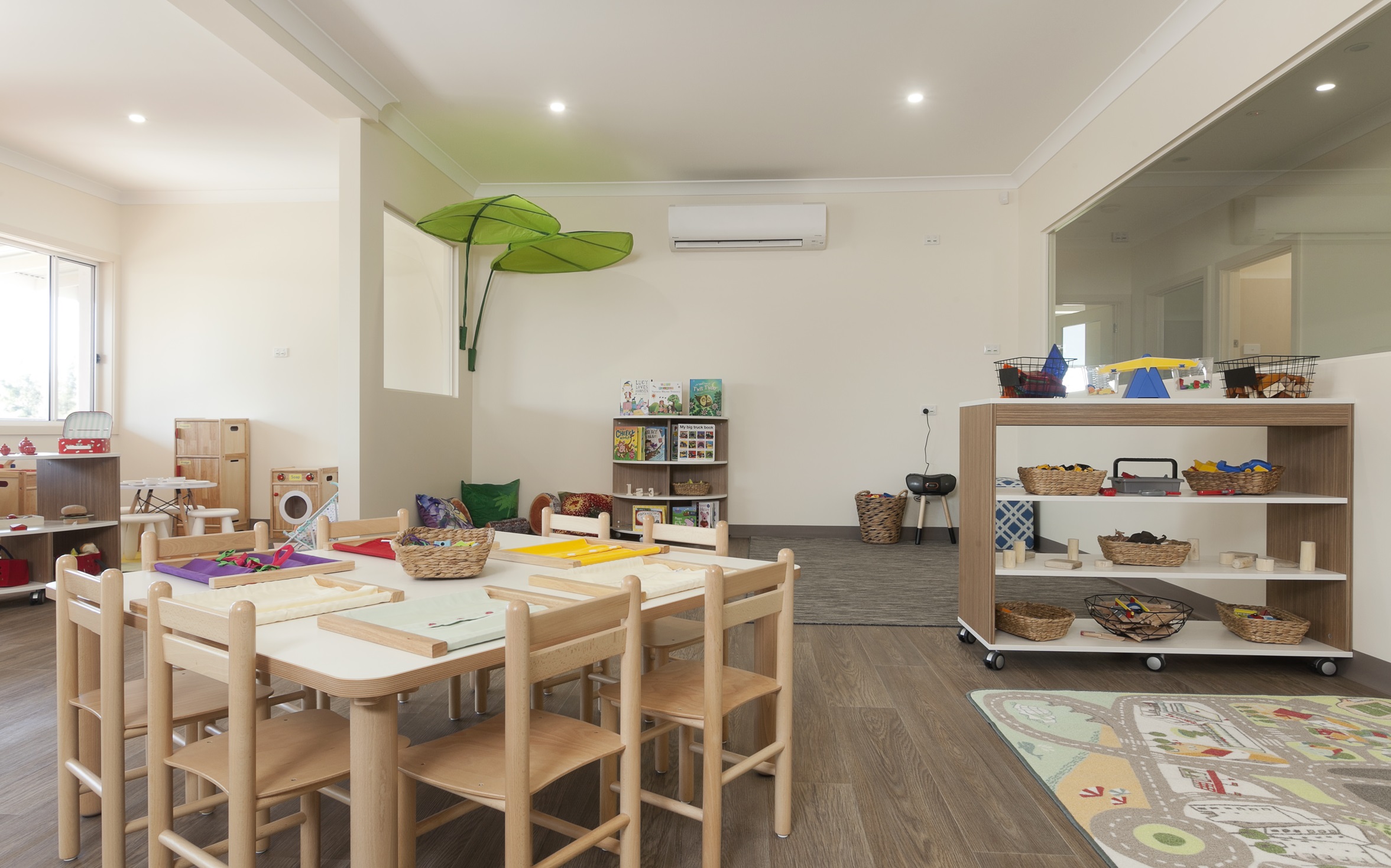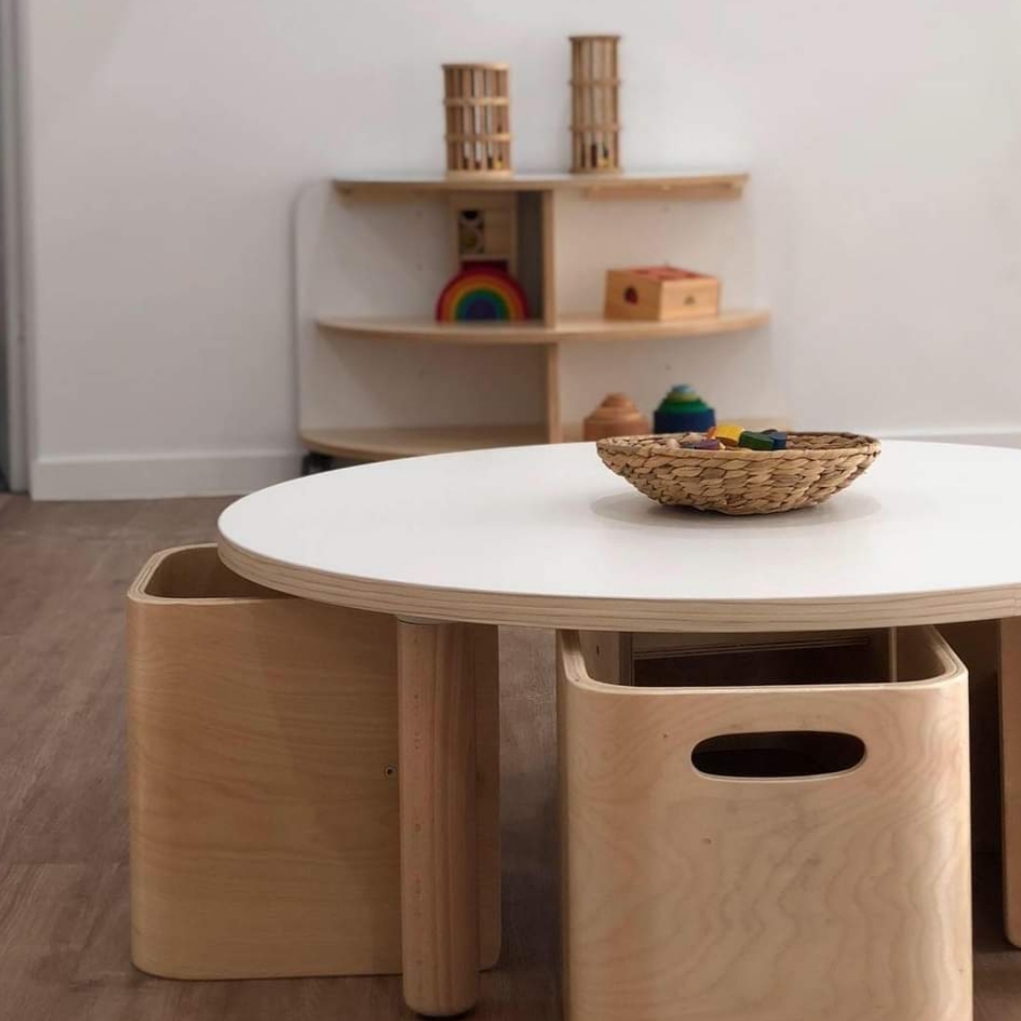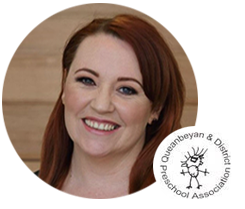
Sustainable practices in childcare: Turning intention into action
Sustainability isn’t merely a marketing buzzword brands use to appeal to their environmentally conscious customers. It’s a way of living and doing things that are better for the planet and secure a better future for generations to come.
No – you don’t have to pack up and live off the grid – it’s simply making a deliberate decision to be more environmentally conscious through the things you do from day to day.
Choosing to implement sustainable practices in childcare becomes a way of life, and also teaches children about their responsibility for the world around them from a young age.
We all want to achieve more sustainability in our everyday lives, but how? How can you bring sustainability into your early learning environment without needing to overhaul your policies, practices or purchase all new resources? We have some simple tips for you.
-
Breathe new life into old toys
Children can get tired new toys pretty quickly. Rather than families see them go to waste at home or wait for the next kerbside collection, encourage them to bring any unused, good quality toys and other resources in. This not only prevents the toys ending up unwanted, wasted and in landfill, but it teaches children that things don’t necessarily need to end up in the bin if they’re not used anymore. This is a subtle way of encouraging sustainability, as children may adopt a good attitude towards repurposing and recycling.
This practice is great for saving your centre money, and an important life lesson for the children in your centre!
-
Introduce a recycling program
This may be something you already have going, but it’s worth a mention.
Think of all the craft activities you do or even what you serve food on. If it’s all recyclable, introducing a recycle bin for children to use creates awareness around the different types of rubbish and the importance of recycling. Encouraging this habit from a young age makes it more likely to become a lifelong practice that extends beyond the realms of just craft materials and serve ware.
Easy to understand drawings about the dos and don’ts of recycling as well as an education session will help children to form this habit. You could even select a different group of children each week to be responsible for collecting materials for recycling to encourage problem solving, teamwork and independence.
-
Choose quality resources
This one’s a bit of a no-brainer, but something to remind yourself of especially with the market’s oversaturation of ‘bargain’ products which are tempting to buy – and buy a lot of.
Resources will inevitably get used in your centre on a much higher rotation than in a child’s home. This is why investing in quality resources is so important. Purchasing resources that seem cost-effective in the short term can end up costing you more both fiscally and environmentally. The faster toys and other resources become unusable, the more likely they are to quickly end up in landfill.
Quality, sustainable resources don’t necessarily haver to be wooden (as with any other resource, not all wooden toys are created equal either). They can be made from felt or even recycled plastic. Sourcing locally-made resources helps to significantly reduce your carbon footprint but if you can’t find what you’re looking for, ensure resources made overseas are made ethically – another key way to achieving sustainability.
Now, we’re not saying to go out and buy a whole new collection of resources. Think of a few staple pieces to start off with that can be used for multiple purposes. This also encourages children to adopt the ideology of ‘less is more’, which may be something you already practice in your early learning environment anyway. By using a ‘less is more’ approach, children will learn to be more creative in their approach to play, and to appreciate what they have at their fingertips rather than feel the need to constantly have the best, ‘new’ thing.
Less need to buy and consume = long term sustainability.
Embedding sustainable practices in childcare doesn’t happen overnight. It takes time, encouraging a change in behaviour and introducing a new way of doing things. But once you have a few practices in place, know that you’re contributing to a future generation that is conscious about the way the consume things from day-to-day. A future generation that knows the true meaning of sustainability. A future generation that truly cares.
To learn more about our sustainable practices and range of quality resources, click here.









